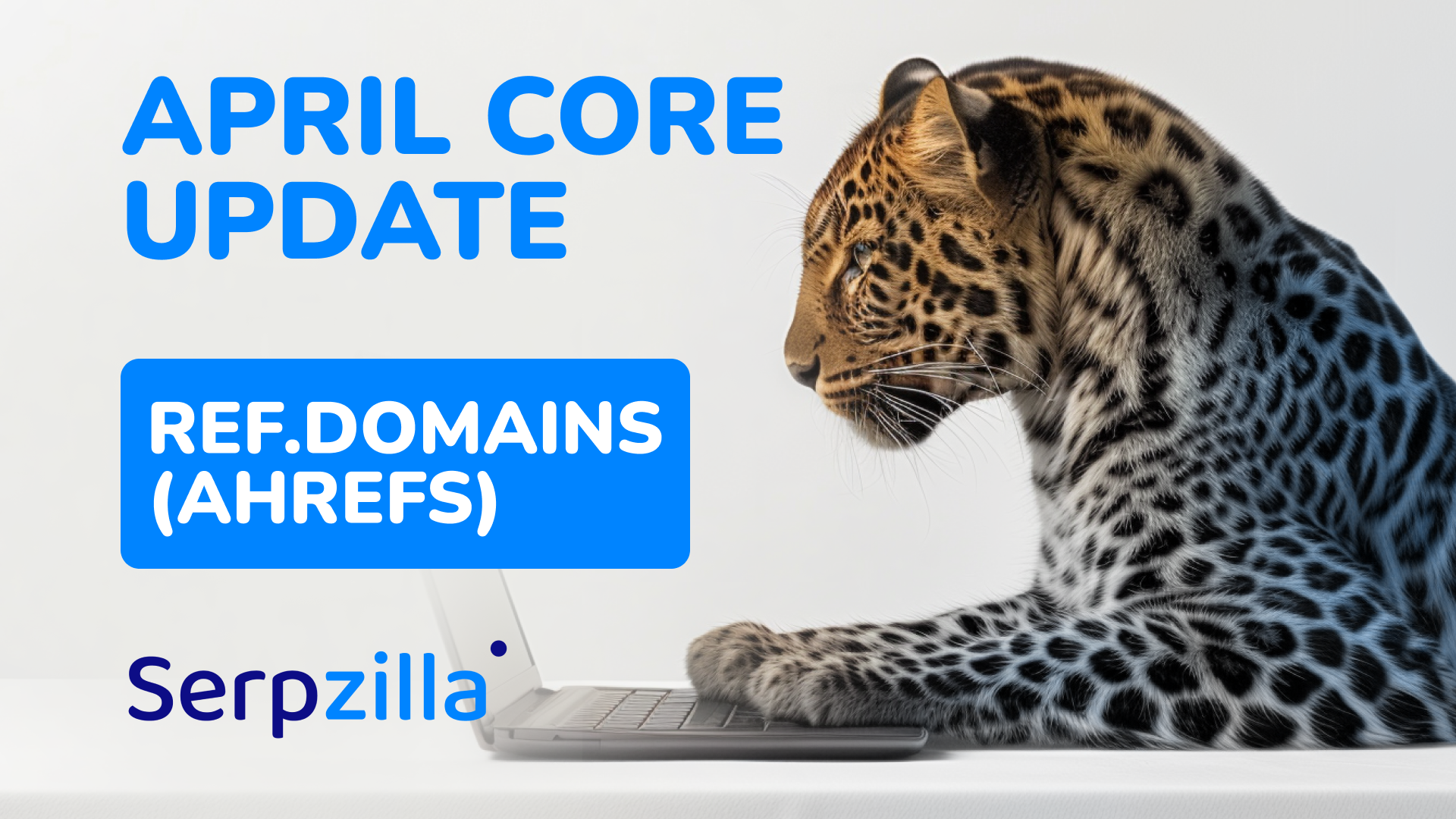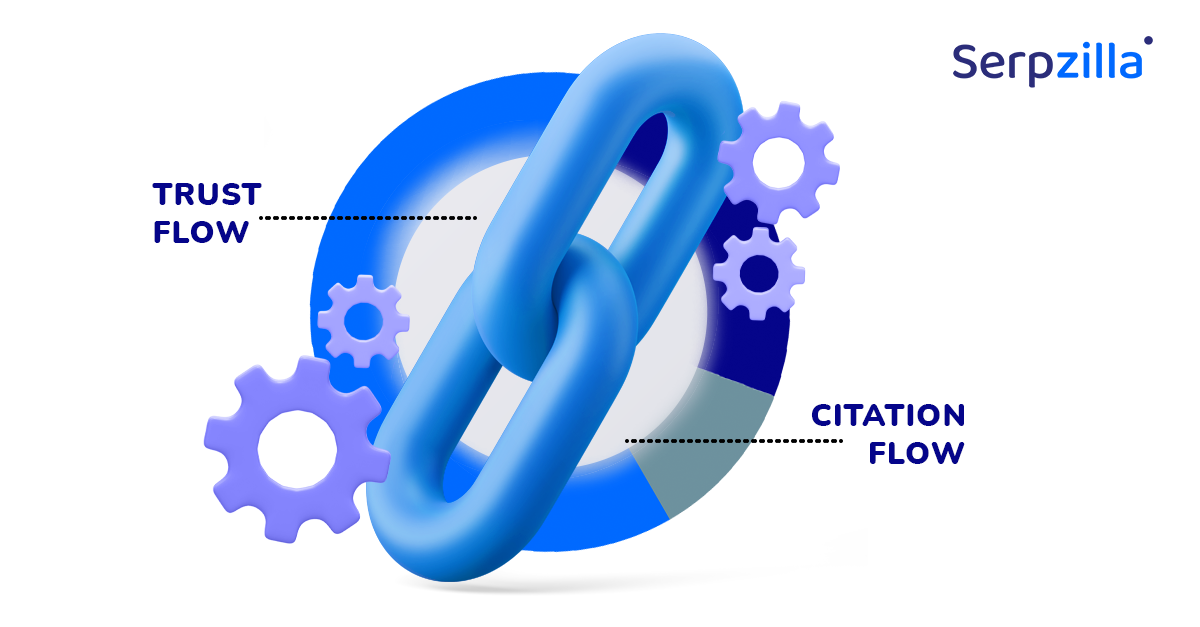This is a pillar article, covering the full scope of the research Serpzilla conducted this summer. To know more details from separate studies we’ve done as part of the research, read:
- Online Stores Ranking: Findings from Demand Analysis of Electronics Niche
- Case Study: Search Results in Electronics Niche of E-Commerce
- Case Study: Backlink Profiles of Domains in Electronics Niche of E-Commerce
With a population reaching almost 1.4 billion people and about 830 million Internet users, India is one of the most attractive and promising markets in the world. How to promote a business on Google in India? Serpzilla is here to answer that question.
We have studied the intricacies of how Google promotes websites in the Electronics niche and our findings may be useful to SEO specialists, Internet marketers and business owners alike, regardless of the niche they operate in.
Why India’s e-Commerce market?
According to the report of the State Bank of India (SBI), as of September 2022 India’s economy gauges as the 5th largest in the world, surpassing the UK economy. Just to put it into perspective, in 2014 India ranked 10th, and a five-position gain is a massive increase for a country competing in the top-10.
India’s share in global GDP is currently at 3.5% versus 2.6% in 2014. According to the SBI, India is set to become the 3rd largest economy by 2029.
India has 830 million Internet users and already is the second largest internet market in the world, according to the National investment promotion and facilitation agency, «Invest India». In 2021, the country was ranked 2nd in the GRDI (Global Retail Development Index). According to the «Invest India» forecasts, India’s retail market will reach $2 trillion by 2032.
Thus, the Indian market is developing intensively and is of interest to companies of various profiles and scale. Let’s take a closer look at what we found out.
1. What websites in India rank high on Google and for what queries?
Observations
1) On average, there’s about 30 million queries with a keyword difficulty of 10, monthly. About 50,000 of them are identified as unique queries. Keyword difficulty is a metric that defines how difficult it is for a website to rank in the top 10 for a query. This value ranges from 0 to 100, where 0 is very easy to promote, and 100 is very difficult. There is a huge number of sources with the Keyword Difficulty of 10. This means that the estimated promotion difficulty for such queries is lower: so, fewer backlinks are needed to get the website rank higher.
2) 12K queries have high frequency and low Keyword Difficulty. What does it mean? This means you can pick almost 12K requests (5% of the total volume) and it will bring some hefty traffic to your website. And it is relatively easy to promote through such requests.
3) Over 127K queries have low Keyword Difficulty and low chances to draw sufficient traffic to the website. Promoting via each of these queries will bring relatively little traffic to the website. However, these queries are not difficult for promotion of the resource, so they may be of interest to marketers and SEO specialists.
Sergey Shaburov, Head of SEO at Kokoc Group:
“It’s amazing that over 50% of mid- and low-frequency queries (1000-10000) have Keyword Difficulty of 10 to 20, which means they’re relatively easy to get a boost. It is not typical for regions with high-level competition, like the US. This makes us assume that specialists who promote business in India have quite a big chance of finding “the golden semantics core” that will draw traffic to the website, while sparing the budget.”
Ramazan Mindubaev, Head of SEO at TRINET.Group:
“If you approach the analysis only in terms of numbers, you get the impression that the major traffic to websites is brought by high- and medium-frequency queries. This is not always the case, however. Many users use a large number of low-volume queries that don’t show up in Google Keyword Planner, or SEOs don’t even count them because they’re used less than once over a measured period of time.
Meanwhile, if you look at each promoted page separately, you can see that high-frequency queries give only 30 to 50% of traffic. The rest fall into the category of long tail queries – more specific, usually closer to the purchase point, search queries that get a small number of searches per month. Luckily, as you move up via the top queries, you can also eventually rank via the low-frequency queries in a specific group.”
Recommendations
To make website promotion effective, resort to queries from two categories:
1. Those, which will potentially yield a maximum amount of traffic. It is these three groups of queries that can do that, more or less equally:
- queries with a frequency of over 50,000
- queries with a frequency of 10,000 – 50,000
- queries with a frequency of 1,000 – 5,000
These three groups account for 65% of all traffic in the niche.
2. Those, which will potentially yield a lot of traffic. We are talking about queries with a frequency from 5,000 to 10,000 and queries with a frequency ranging from 100 to 500. These two groups account for about 22% of all traffic in the niche.
2. How does the volume and weight of backlinks affect ranking?
Observations
1) High DR websites receive traffic and positions. DR – trust score, that is, the quantity and quality of external links to the site. The higher this indicator, the more queries the site gets into the top 5 Google results and the more traffic it collects.
2) If a website is promoted via just ≤ 100 queries, its link weight is at the level of DR 30-35. Such DR is the benchmark for the first stage of link building. However, you’ll need to crank up your website’s link mass in order for it to gain SERP positions and surpass other websites.
3) Only 17.9% of domains rank in the top-20 via 10+ queries. The majority of websites, 82.1% to be precise, rank in the top-20 via ≤ 10 queries, while mostly only 1 to 3. Thus, the competition in the niche is stiff.
Sergey Shaburov, Head of SEO at Kokoc Group:
“The share of websites ranking in the top-10 and top-20 in search results on Google for 1,000+ queries is approximately the same – around 0.5%. The former category has 199 websites ranking, on average, for 2255 keywords and the latter showed 423 websites and 2160 keywords.
So it turns out that only 0.5% of websites are able to occupy at least (199 * 2255) 448,745 positions in SERP, and that is, about 20% of the search results. These calculations are somewhat rough, but even if you double the figure, the competition still seems pretty low.”
Ramazan Mindubaev, Head of SEO at TRINET.Group:
“To become visible on Google in competitive niches of India, you will have to get backlinks from more than 1,000 domains.”
Recommendations
1) To successfully rank a website via 1,000 – 2,000 queries, you need at least 6,700 other websites to link back to it. Approximately 5,000 of those websites should have DoFollow backlinks.
NOTE: these numbers were obtained through Ahrefs. Since Ahrefs is unable to show all the backlinks in the profile, you can confidently add another 40-60% to the figure of 6,700.
2) The vast majority of URLs among the websites analyzed in SERP are pages with lists: product selections, brand catalogs, etc. So pay special attention to such pages.
3) Create sections on the website, which encompass products by specific feature or characteristic. For example, “the best cell phones in India”, “the most popular cell phones with a good camera system”, “cell phones with OLED screen”, etc.
4) A number of page Titles and URLs have “in India” in them because users often use these exact words in their queries. It is worth including queries with geographic semantics. This helps draw more traffic from the search engine via such queries.
5) Grow your backlink profile and boost the DR of your website. This is the only way to outrank your rivals for at least a number of popular queries.
3. What do backlink profiles of websites that solidified their top positions on Google typically look like?
Observations
1) They have a high share of backlinks as DoFollow – from unique domains and overall. Google considers the volume of DoFollow backlinks an important ranking factor. For websites that get more search traffic, the share of DoFollow backlinks from unique domains is 82%, while their less successful counterparts only boast 75%. The share of DoFollow backlinks in the total link mass for successful websites is 79% vs 69% for lower-traffic resources.
2) Successful websites get four times more backlinks from a single domain than unsuccessful ones. This suggests that sitewide backlinks should be used extensively for effective promotion.
3) The share of backlinks with text anchors and image anchors differs only slightly between well ranked and poorly ranked websites. For text anchors it is 83% vs 85%, and 13% vs 15% for image anchors.
Sergey Shaburov, head of SEO at Kokoc Group:
“The study correlates well with the standard promotion strategy for other regions and niches in Google – most of your backlinks should be DoFollow. Don’t focus on NoFollow and other backlink options. They tend to come naturally, you could say as a by-product of the DoFollow implementation.”
Ramazan Mindubaev, Head of SEO at TRINET.Group:
«A common mistake SEO specialists make is they only use a good referring domain once. Deploy backlinks on different pages of the same referring domain, Google will appreciate it.”
Recommendations
1) Among all the backlinks leading to a website, the share of DoFollow links should be around 80%.
2) The number of backlinks with text anchors should be at 85% and image anchors at 13%. Other types account for only 2% or less.
3) Use sitewide backlinks. A successful website, on average, gets at least 37 backlinks per unique domain.
General Conclusions
1) A backlink profile is a significant ranking factor. The quantity and quality of backlinks determines your success and how much traffic the website gets from Google.
2) Only 3% of websites get the majority of traffic from organic search. The remaining 97% have to resort to advertising channels rather than SEO.
3) Under conditions of a highly competitive environment, you should pay extra attention to the semantic core and compile it correctly. Getting a larger chunk of traffic from organic search and outranking your competitors will require building a better backlink profile than what they have.
For more data see the full version of the study.
Research methodology
- Our analysts researched the 10 most popular product segments within the Electronics niche from the websites of large marketplaces and online stores;
- Gathered queries they rank by;
- Expanded the list of queries by collecting similar ones through Google Keyword Planner, Ahrefs and search suggestions;
- Received about 1 million queries;
- Removed queries with a frequency of 10 and below;
- Cleared the semantics from branded requests via stop-word masks;
- Clustered queries for ease of further analysis. We then identified semantic clusters (“iPhones”, “gaming laptops”, “headphones”, “tablets”, etc);
- Manually cleaned the list and got a final list of 230,000 queries;
- We then collected the top 30 results for these queries, and enriched the data with their metrics from Ahrefs;
- The result was several gigabytes of data for analysis, which we used to conduct the research.








